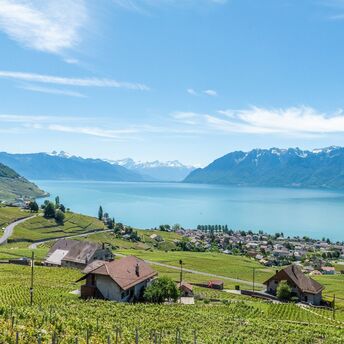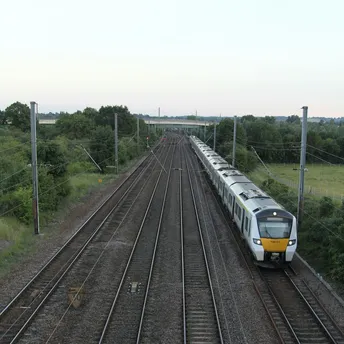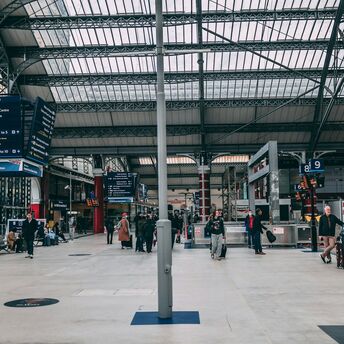Two Ancient Cities, One Route: New Cham Heritage Journey Links Hoi An and Quy Nhon

A new five-day route set up by Anantara Hotels & Resorts now gives travellers in central Vietnam a chance to see two historic cities through a single plan. The trip connects Hoi An and Quy Nhon and focuses on places that still reflect the history and traces of the former Champa Kingdom. Starting June 2025, the route includes a train ride and stops at two ancient sites: My Son Sanctuary in Quang Nam and the Banh It Towers in Binh Dinh. Both locations are known for their surviving ruins and ties to the region’s early past.
The transport component is handled by The Vietage, a rail carriage operated by Anantara, which runs directly between Da Nang and Quy Nhon. The itinerary combines this rail segment with overnight stays at Anantara Hoi An Resort and Anantara Quy Nhon Villas. Previously, travellers often needed to plan separate transfers and book accommodation on their own. This setup combines all parts of the trip into one clear plan where transport and stays are organised ahead of time.

In Hoi An, visitors stay close to the Thu Bon River, where they can easily walk to ancient landmarks and traditional buildings without relying on taxis or buses. These include a centuries-old bridge once built by Japanese traders, vividly decorated halls used by Chinese communities, and stone-front buildings left behind from the French colonial years. Several small museums in the old town present archaeological and ethnographic collections relevant to the region. The itinerary does not require local transfers, as most points of interest are concentrated in the town’s historic core.
In Quy Nhon, the programme offers entry to Cham structures located within the urban perimeter, including the Banh It Towers and nearby religious sites. Other places of interest, including Long Khanh Pagoda and nearby street markets, can be reached easily on foot from where visitors stay. The route is set up so that everything happens within the main part of the city, skipping outlying towns and countryside spots entirely. The focus remains on local heritage zones that are accessible without extended travel.

This itinerary introduces a model for structured cultural travel in central Vietnam, reducing the burden of logistical planning for international and domestic visitors. It consolidates access to heritage sites that previously required individual arrangements and long transfers. The format may appeal to travellers who prioritise historical content and seek reliable routes through less commercialised regions of the country.



















